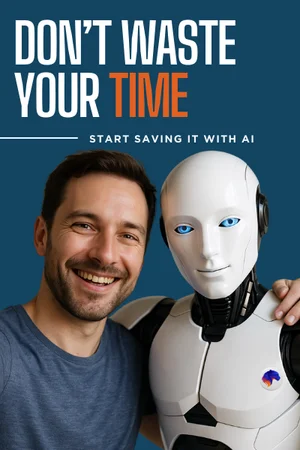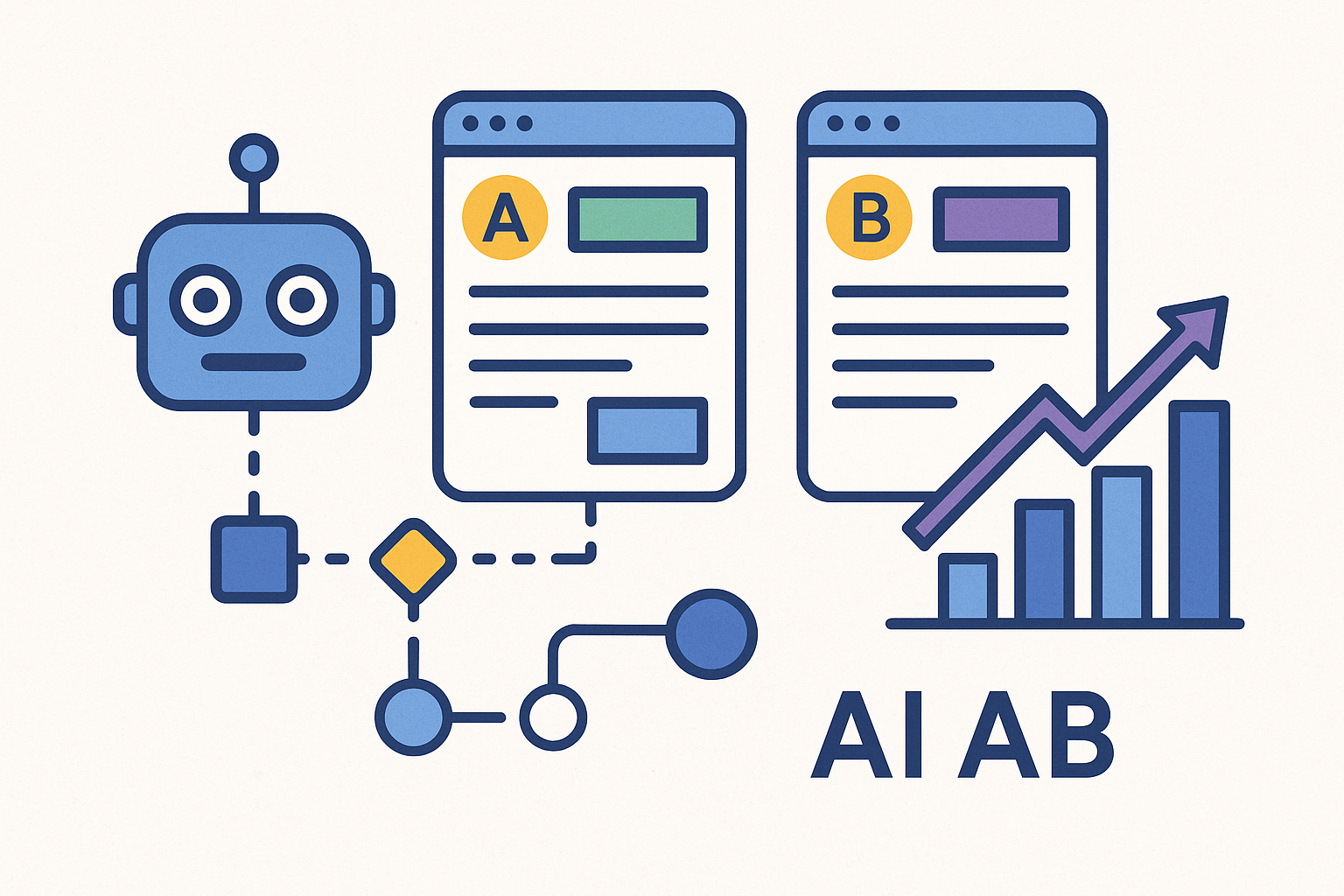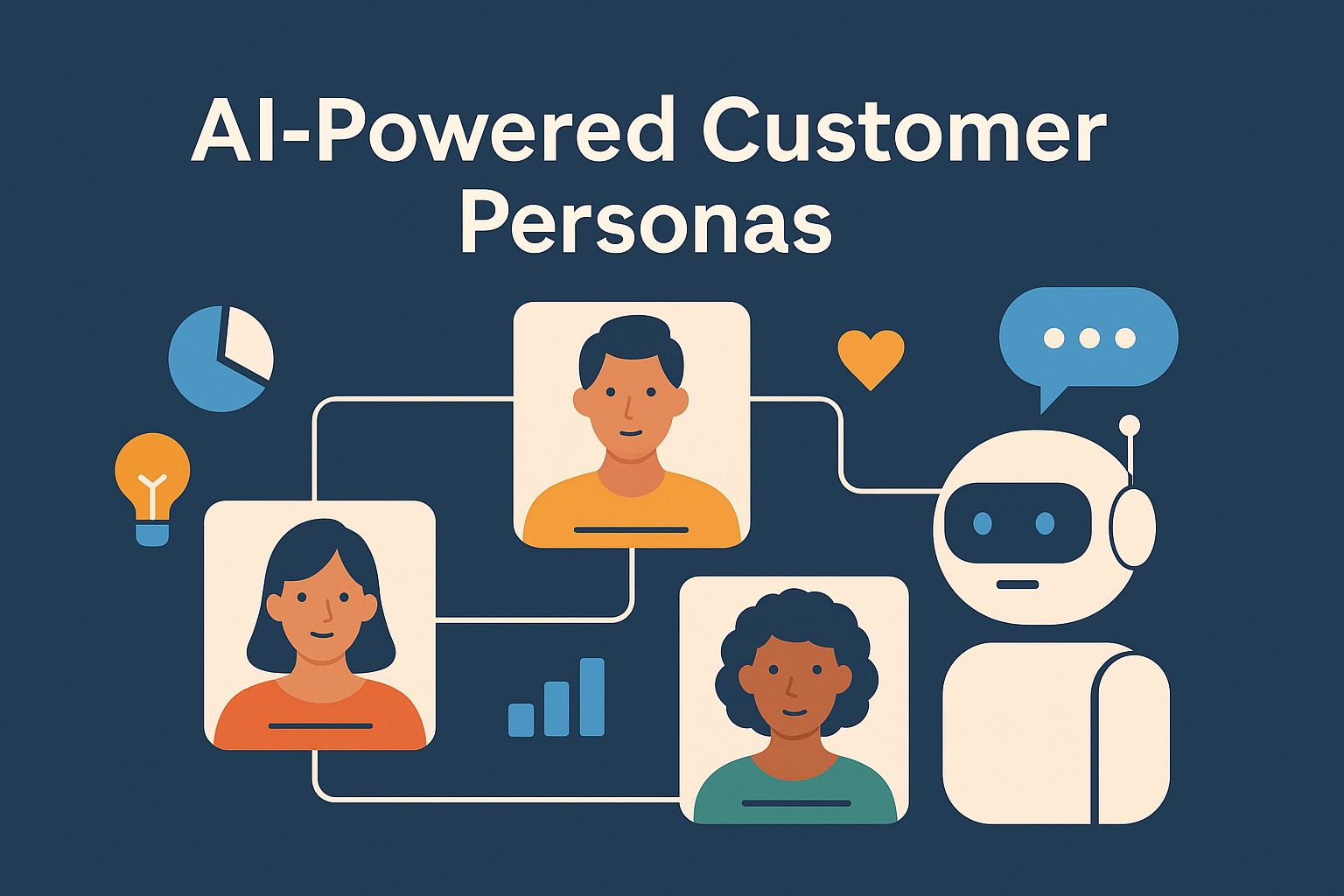Why Your Bounce Rate Is High (And How AI Can Help)

If you’re pouring effort into your content, optimizing headlines, and fine-tuning your design, but still watching visitors leave your site after only a few seconds, you’re not alone.
A high bounce rate is one of the most frustrating metrics in digital marketing!
Why is it happening and what can you do to fix it?
Let’s first dive into what a bounce rate is.
This represents the percentage of users who visit a single page on your site and then exit without clicking to another page or taking any action. High bounce rates aren’t always bad necessarily, but in most cases, they suggest something isn’t connecting with your audience.
This could be because of slow page loads, irrelevant content, confusing layouts, or even misleading headlines.
The key is to identify:
1- What’s going wrong
2- Ways to improve the user experience quickly and efficiently
This is where AI is very helpful!
Let’s start with behavior analysis.
Traditional analytics platforms like Google Analytics can tell you what your bounce rate is and which pages are affected, but AI can dig deeper.
AI-powered analytics tools look at user journeys to identify patterns that contribute to high bounce rates.
Take for example, you discover that users from mobile devices drop off more frequently than those on desktop. Or that visitors from a certain traffic source consistently leave your landing page within five seconds.
AI can easily identify these trends faster and with more context, helping you take targeted action.
Next, let’s talk content relevance.
One of the biggest reasons visitors leave is because they didn’t find what they expected.
AI-driven content tools can help ensure your pages align with user intent. These platforms use natural language processing to compare your content against top-performing pages and audience search behavior. They’ll suggest ways to make your text clearer, more engaging, and more relevant. In some cases, they can even rewrite content snippets in real time to better match the user’s query or behavior.
Here are a few tools we love:
SurferSEO
Uses NLP to analyze top-performing pages for your keywords and provides a content score, keyword recommendations, and structural insights. Great for blog posts and landing pages.
MarketMuse
Offers real-time content scoring, keyword coverage suggestions, and competitor comparison to help align with user search intent and improve authority on specific topics.
Clearscope
Integrates with Google Docs and WordPress to suggest keywords, readability improvements, and relevance enhancements based on what ranks well.
Frase
Combines content brief generation with AI writing tools that analyze top SERP results and align your content with what searchers are expecting.
Content at Scale
Ideal for longer blog posts—it uses multiple AI models to write detailed, intent-matching content and includes an SEO optimization checklist.
Copy.ai & Jasper
While these tools lean more generative, they can still assist in rewriting content to better match tone, structure, and user expectations, especially when combined with topic research.
Personalization is another area where AI excels, and users today expect tailored experiences.
AI can dynamically adjust elements on your page, such as headlines, CTAs, or product suggestions, based on the visitor’s location, browsing history, or behavior. This makes your site feel more relevant and engaging, which reduces bounce.
It doesn’t require heavy lifting on your part either. Many platforms offer drag-and-drop personalization features that plug into your existing CMS or site builder.
Design and layout are easy to overlook when you’re focused on content, but poor visual flow or confusing navigation can drive users away fast.
AI tools like heatmaps and session replays use real-time data to show you exactly where users click, scroll, or get stuck. Instead of guessing what’s broken, you can see how people interact with your pages and make changes that directly respond to their behavior.
AI also helps with speed optimization.
Page speed is a known factor in bounce rate, especially on mobile. AI-driven performance tools automatically compress images, streamline code, and test load times across browsers and devices. These optimizations often take minutes instead of hours and can lead to significant improvements in user retention.
Let’s not forget about intent matching.
AI can help ensure your ads, landing pages, and blog posts are aligned with the queries and needs that bring people to your site. Tools that analyze keyword intent and user sentiment can help you craft pages that answer the right questions in the right tone. When visitors feel understood, they’re far more likely to stay.
Even your calls to action can benefit from AI.
Instead of testing button colors or phrases manually, you can use AI-powered A/B testing tools that run multivariate experiments in the background. These tools quickly learn which combinations get the most engagement, so you’re constantly improving without spending your days combing through data.
It’s important for you to know your audience, your voice, and your brand.
AI can accelerate the process, highlight blind spots, and give you data-backed recommendations, but it’s your perspective that keeps the experience authentic.
To get started, focus on one or two tools that align with your current challenges. If your bounce rate is highest on mobile, look at AI tools that analyze mobile experience. If your landing pages aren’t converting, try content optimization or heatmap tools.
Don’t try to solve everything at once.
Pick one improvement, test it, and measure the results.










